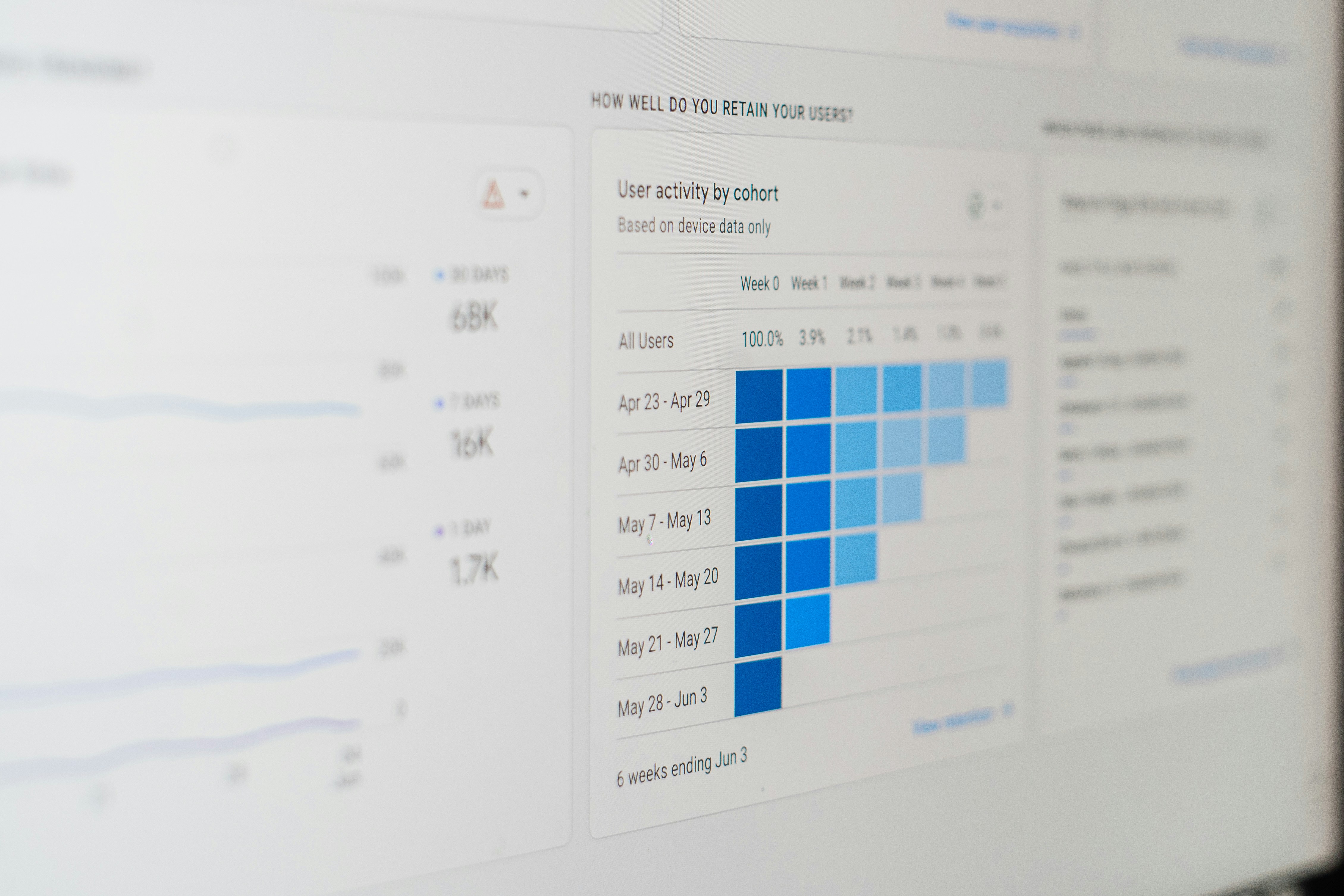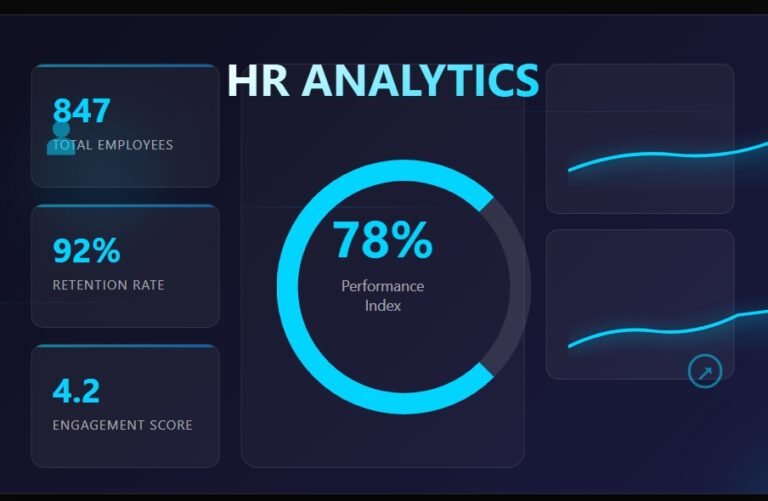One constant remains in both the sleek glass towers of major corporations and the humbler offices of small businesses: Microsoft Excel. Nearly four decades since its debut, the trusty spreadsheet software continues to play a pivotal role in human resources departments across the country despite the rise of AI-driven tools and purpose-built HR platforms.
Excel’s staying power is impressive and telling. While many newer systems promise streamlined processes and smarter analytics, around 70% of HR teams still heavily rely on Excel for core responsibilities like maintaining employee records, tracking benefits, and managing pay structures. This enduring reliance reveals a deeper narrative about how organizations embrace—or resist—change.
The reasons behind Excel’s popularity are relatively straightforward. It’s familiar, widely accessible, and inexpensive. For many HR professionals, it’s the all-purpose tool they’ve grown up using. “It’s our go-to,” says Sarah Chen, Director of HR at a mid-sized manufacturing company in Ohio. “From logging vacation days to benchmarking salaries, Excel handles it all. Sure, it has its flaws, but everyone understands it.”
But this convenience doesn’t come without drawbacks.
A 2024 study by the Society for Human Resource Management found that HR departments are still dependent on Excel and spend, on average, 11 extra hours each week entering data by hand compared to those using modern HR platforms. Even more concerning, the report showed a 23% higher rate of data errors in Excel-based systems — mistakes that can ripple through hiring decisions, promotions, and payroll.
Security is another growing concern. Spreadsheets packed with sensitive employee information often end up in email inboxes or are saved to unsecured devices. “Excel just wasn’t built with modern data security in mind,” says cybersecurity consultant Marcus Thompson. “We’ve seen several breaches involving spreadsheet leaks, and each one highlights how risky it can be to use outdated methods for handling confidential data.”
Despite these risks, many companies hesitate to fully move on. Excel is so deeply embedded in daily workflows that stepping away from it can feel like pulling out a foundation stone. “It’s not just a tool anymore,” says Dr. Rachel Martinez, an expert in technology adoption at MIT Sloan. “For a lot of HR departments, Excel represents tradition, control, and predictability. Replacing it means confronting cultural resistance, not just switching software.”
There are also financial considerations. While Excel is inexpensive, the hidden costs of maintaining manual systems — including staff hours fixing errors and updating records — can quietly accumulate. Some studies estimate these inefficiencies cost companies thousands of dollars per employee each year. On the other hand, although initially more expensive, modern HR systems often recoup their costs by significantly reducing operational overhead.
Rather than making a full leap, some companies are experimenting with hybrid models. Verizon, for instance, continues using Excel in limited capacities while relying on more advanced software for tasks like performance tracking and workforce planning. “We don’t see it as an all-or-nothing decision,” explains Michael Rodriguez, Verizon’s VP of HR. “Excel still works for certain things — we just try to use it where it makes sense.”
Microsoft itself seems to recognize this ongoing role. Recent updates to Excel have added collaboration tools and better data management features, signaling that the company isn’t ready to see Excel fade into obscurity anytime soon. Still, as workforce dynamics grow more complex and the demand for real-time data and secure systems increases, businesses are reassessing their long-term tech strategies.
For small and mid-sized businesses, this decision isn’t always straightforward. Many are drawn to new platforms but continue using Excel as a backup or for specific processes. A recent survey showed that nearly half of the companies that adopted specialized HR software still maintained Excel files in parallel—a sign that full transitions can take time.
Ultimately, the debate over Excel in HR goes beyond software. It reflects the broader evolution of the profession itself. As automation and AI continue to reshape our work, HR professionals are asked to expand their skill sets. Excel remains valuable — even essential — but it’s no longer sufficient.
So while the age of Excel as the undisputed king of HR tools may be coming to a close, its influence endures. Like the QWERTY keyboard, it’s a piece of technology that survives not because it’s the best option available, but because it works, and because change is hard. The challenge for HR teams isn’t whether to ditch Excel entirely, but how to evolve past its limitations without losing what still works.



